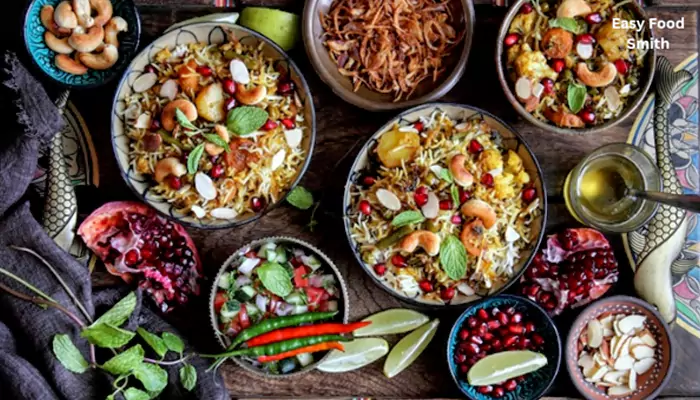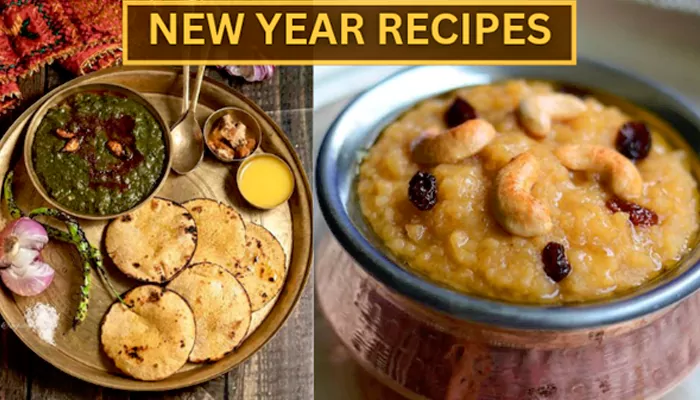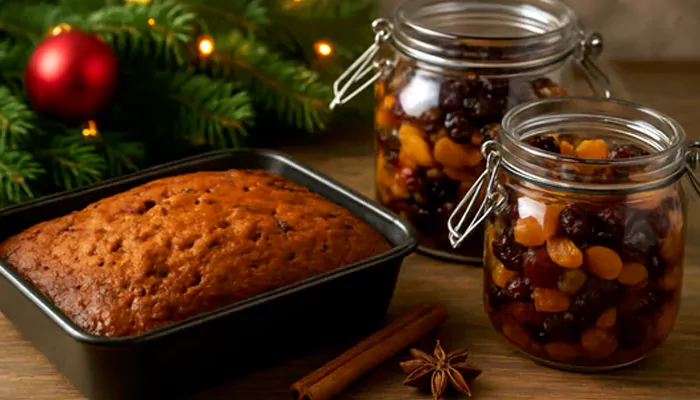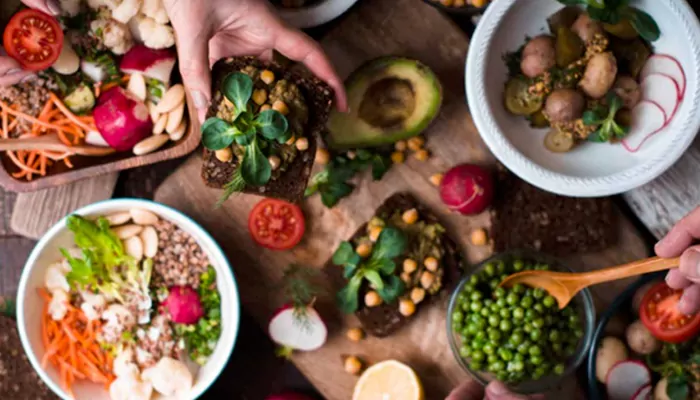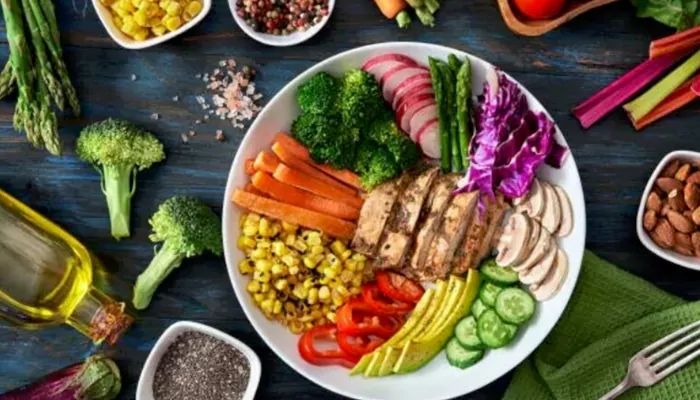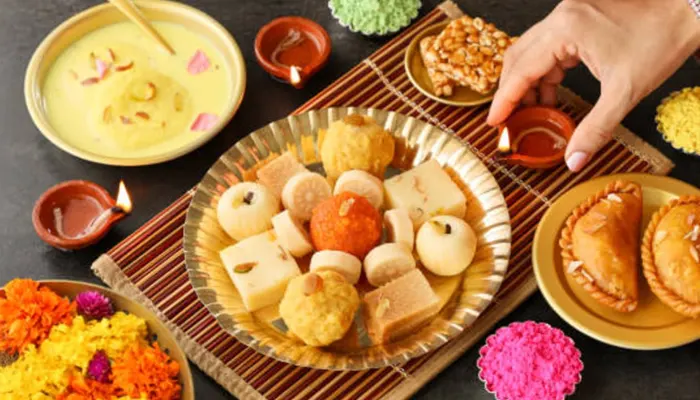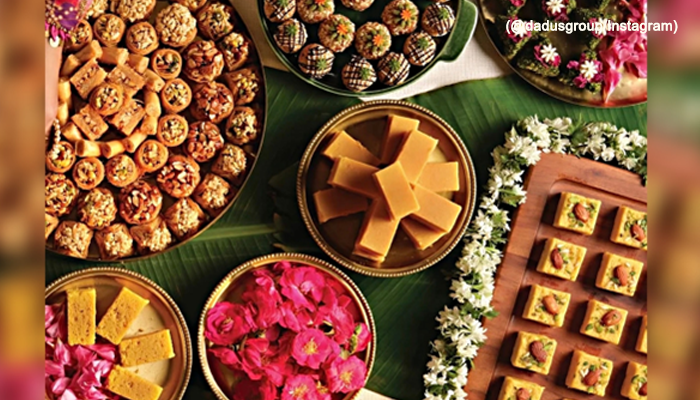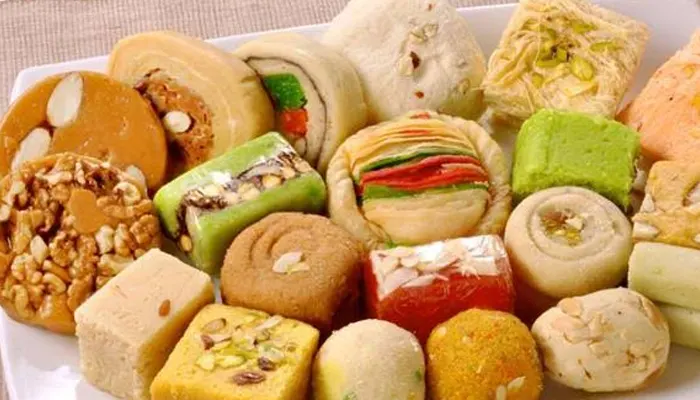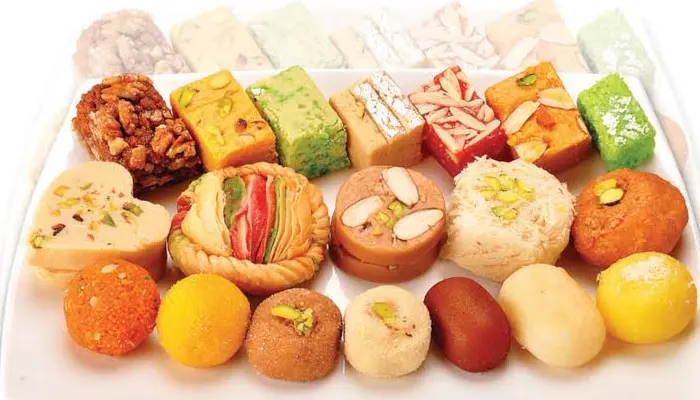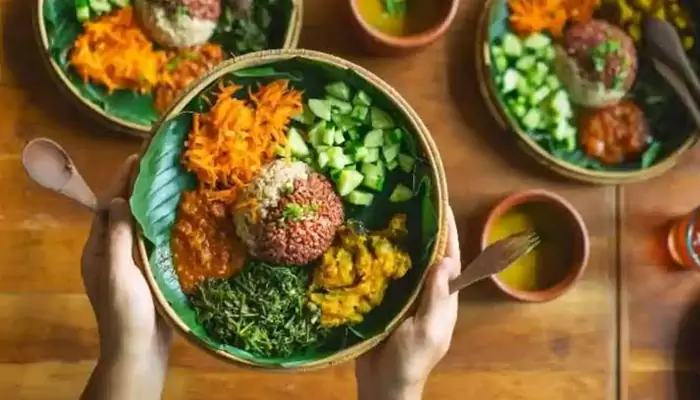
Have you ever wondered about the tiny, chewy spheres that make your bubble tea so delightful? Those perfect pearls, known as boba, are more than just a tasty addition to your drink. They're the result of a fascinating scientific process that combines tradition with modern techniques. Isn’t it true that if you love something, you must know its background? So, today let's learn the science behind boba and discover how these delicious pearls are made.
The Origin of Boba
Boba originated in Taiwan in the 1980s and quickly gained popularity worldwide. Initially made from tapioca starch, boba pearls have evolved over the years with various flavours and textures to suit diverse tastes. Today, boba pearls come in a range of colours and sizes, adding a fun and flavourful element to bubble tea and other beverages.
The Ingredients
The primary ingredient in boba pearls is tapioca starch, derived from the roots of the cassava plant. Tapioca starch is gluten-free and provides the chewy texture that makes boba so satisfying to eat. Other ingredients may include water, sugar, and flavourings to enhance the taste of the pearls.
The Production Process
The production of boba pearls involves several precise steps to ensure quality and consistency. Here's a simplified overview of how those perfect pearls are made:
Mixing: Tapioca starch is mixed with water and sugar to form a dough-like consistency. This mixture is then kneaded until smooth and uniform.
Shaping: The dough is shaped into small spheres, traditionally by hand or using molds for uniformity. These spheres are then dried to remove excess moisture.
Cooking: The shaped boba pearls are cooked in boiling water until they float to the surface, indicating that they are cooked through. This cooking process gives boba its characteristic chewy texture.
Flavouring: After cooking, the boba pearls are flavoured with sugar or syrup to add sweetness and enhance their taste. They may also be coloured using natural or artificial food colouring to create vibrant hues.
Cooling and Packaging: Once flavoured and coloured, the boba pearls are cooled and packaged for distribution. They are often stored in a sugar syrup solution to maintain their freshness and texture.
The Role of Science
While traditional methods of making boba pearls involve manual labour and expertise, modern technology has revolutionized the production process. Advanced machinery and equipment ensure consistency in size, shape, and texture, meeting the high demand for boba products worldwide.
Quality Control
Quality control is essential in boba production to ensure that each pearl meets the standards of taste and texture. Manufacturers use precise measurements and strict protocols to maintain consistency and quality throughout the production line.
Innovations in Flavour and Texture
The science behind boba extends beyond production techniques. Innovations in flavouring and texture enhancement have led to a wide range of boba options, including fruity flavours, milk teas, and even boba with added fillings like fruit jelly or popping boba for an extra burst of flavour.
Health Considerations
While boba pearls are a beloved treat for many, it's essential to consider their nutritional content. Tapioca starch, while gluten-free, is a carbohydrate and contributes to calorie intake. Moderation is key when enjoying boba as part of a balanced diet.
And that’s the story of Boba! The science behind boba reveals the intricate process of creating those perfect pearls that add joy to bubble tea and other beverages. From traditional methods to modern innovations, boba production combines artistry with technology to deliver a delightful and satisfying treat. So, the next time you sip on your favourite boba drink, appreciate the scientific ingenuity that goes into making those chewy, flavourful pearls.

